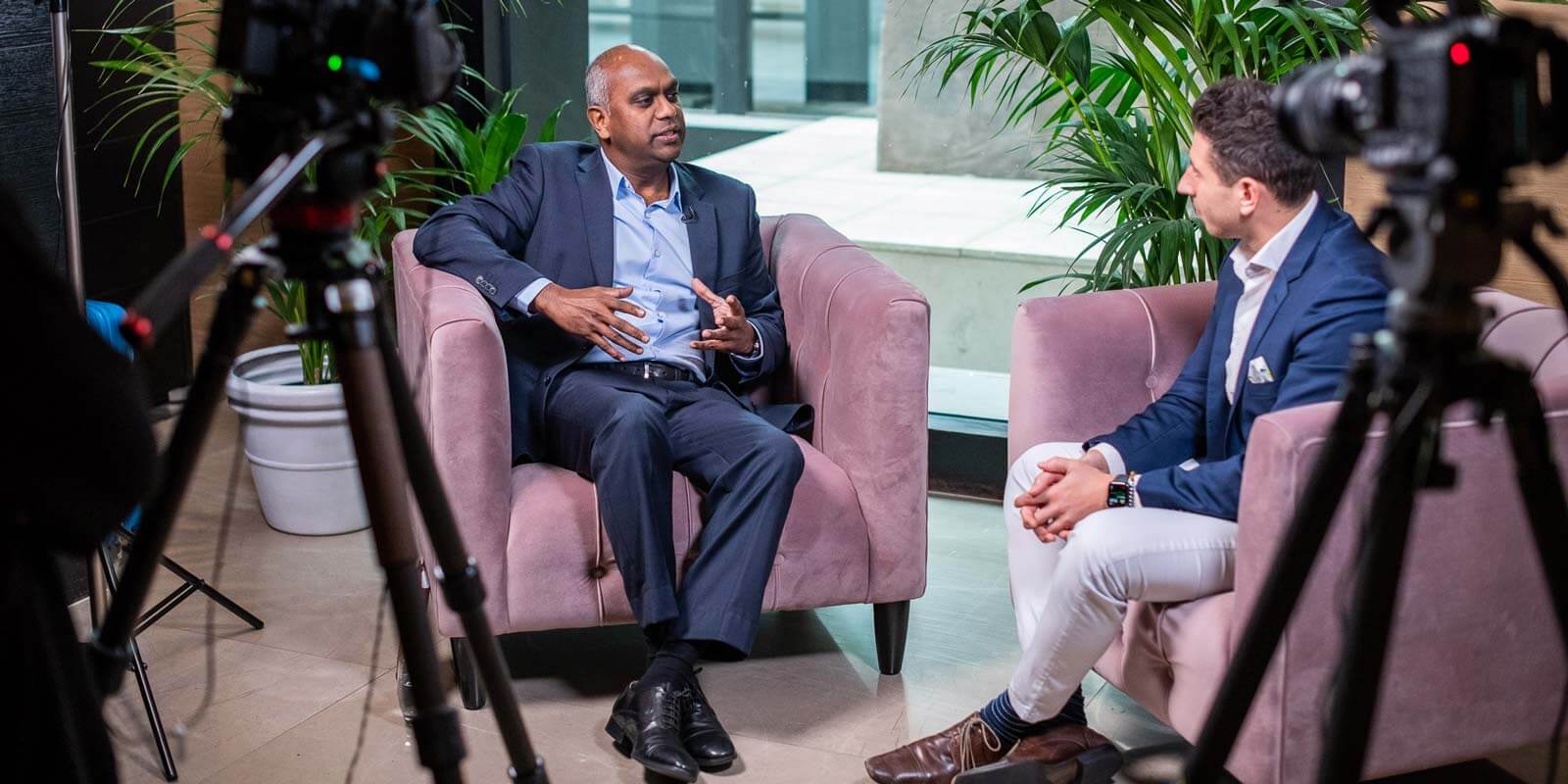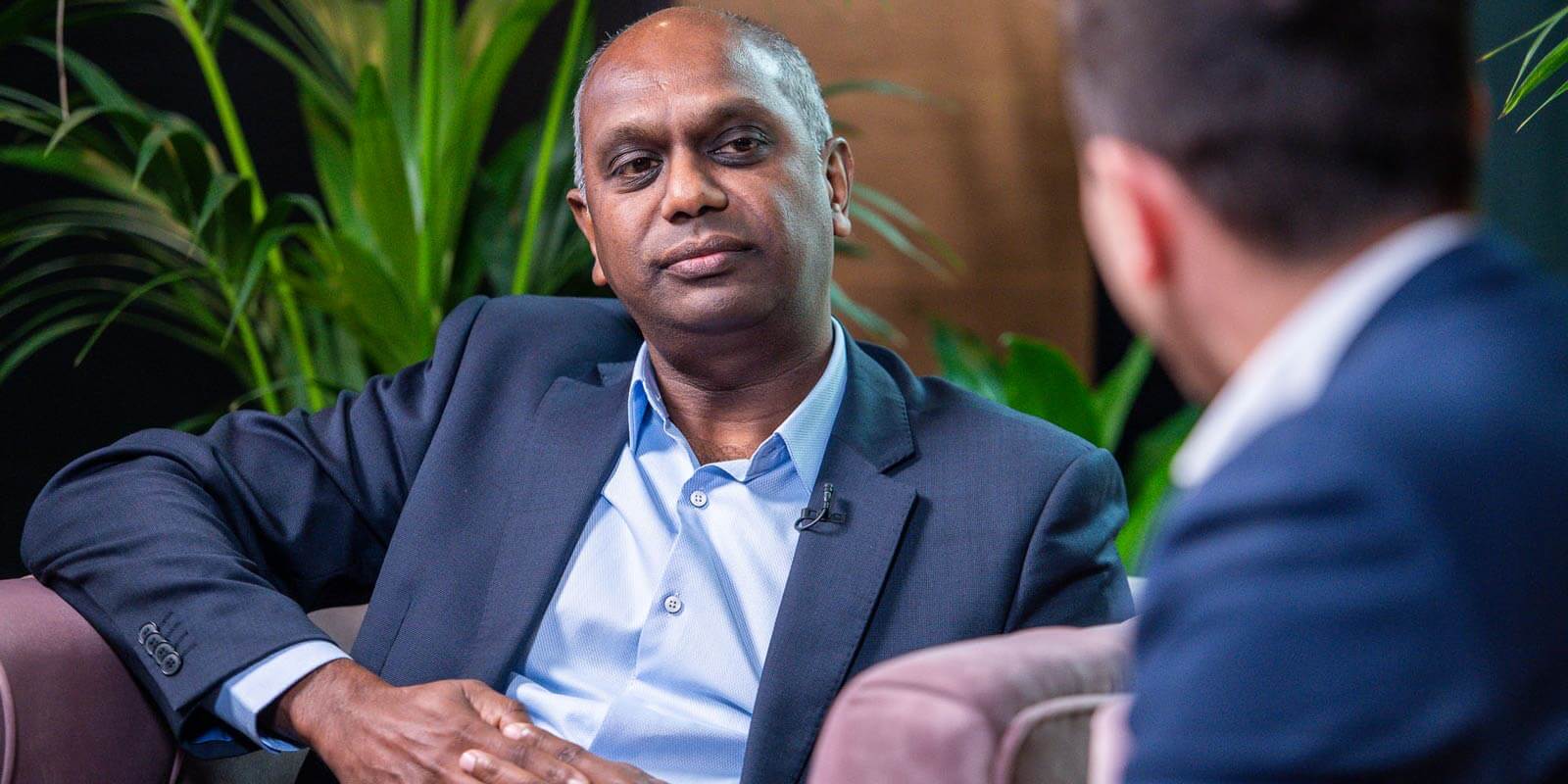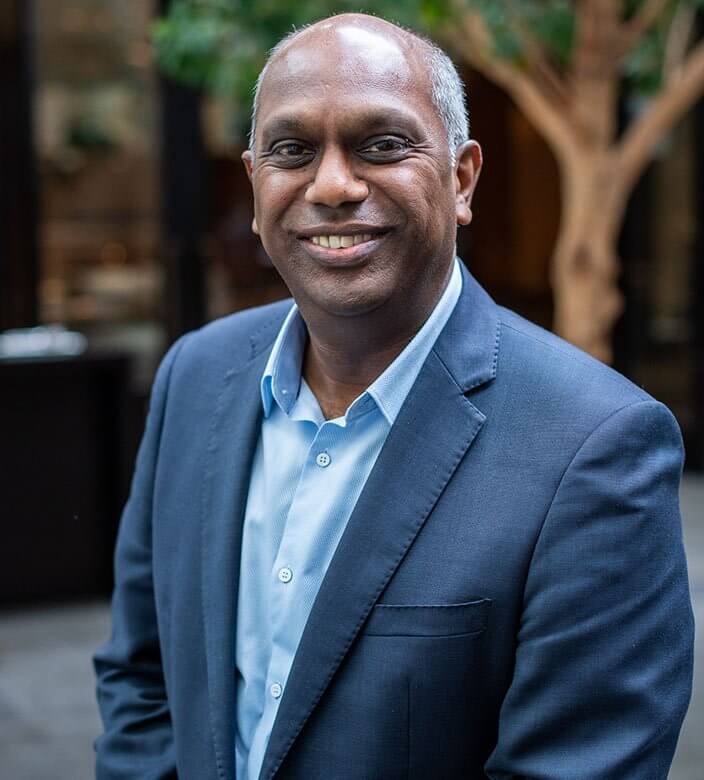Satha Pillay was previously CIO at Veolia and is an IT professional focusing on developing and leading high-performing teams to improve organisational performance, strengthening governance and deliver strategic capabilities.
Speaking with ADAPT’s Director of Research and Advisory Practice Anthony Saba at ADAPT’s CIO Edge about the Core Competency of Modernising Legacy, Satha discusses the difference between opportunistic and considered approaches to modernising infrastructure and legacy processes.
To Satha, modernising legacy isn’t just about renewing obsolete hardware and software, but also the processes and skill talent around maintaining it.
He warns technology leaders to avoid the pitfalls of refreshing technology for the sake of it, but because of the value, it will bring to your internal and external customers.
Often this is prompted by either the introduction of new technology or the end of a technology’s lifecycle.
Anthony Saba:
Thank you for joining us at this year’s CIO Edge in Melbourne.
We talk about modernising legacy in so many different aspects, but it’s essential, hence, why we speak about it so often.
Can I ask what does modernising legacy mean to you?
Satha Pillay:
Modernising legacy starts from legacy, and that predominantly relates to old and obsolete hardware and software.
That’s a very narrow view of modernising the legacy. The benefits of modernising hardware and software are well known and obvious to most technology professionals and leaders. Still, the key is to look at it at a more systemic level and consider the whole environment, both including the people and processes and then the systems that support that.
While modernising legacy from a system or technology perspective may be great, I think a lot of times we neglect the skills that are required for managing and maintaining those new hardware and software platforms as well as then the business processes that these new technologies are supposed to support.
Yes, they are more flexible and more agile, but are the business processes actually being optimised and modernised to support that?
Take, for instance, from a customer experience perspective to improve customer experience. You don’t start with the technology and modernising your legacy technology.
You would have to start with the processes that actually deliver those services and experiences to the customer.”
Modernising legacy for me is not just the hardware and software elements but also people and process.
Anthony Saba:
We talk about legacy mindsets. It’s the hardest thing to modernise in a business or to bring up to speed.
Matt Boon, our Director of Strategic Research says, “Today’s new shiny toy is tomorrow’s legacy.”
To stop it from becoming that, you need to change the mindsets and how you perceive technology and how you can interact with it as a business.
How do you change the human element? How do you bring the people in your business along that journey?
Satha Pillay:
To make technology more human and more humanistic, it’s about understanding how people would interact with it and what value it will deliver, both to the employees of the organisation and the customers.
That’s where that conversation around what’s in it for me versus how we leverage these technologies to deliver the best possible outcomes for the organisation and all of our stakeholders that we interact with and that is the key.
You will always have this constant refresh of technology, and keeping up to speed is not possible all the time.
It’s about understanding what technologies are needed to deliver the right value.”
That value conversation is not just about cost, but it’s the value, and that’s a different proposition compared to just the cost of technology.
Anthony Saba:
How frequently do you need to perform an audit on your infrastructure, technology, the way you’re interacting to make sure that you’re not slipping into the trap of letting it stick around too long before it’s updated or improved?
Satha Pillay:
That’s an interesting question, and I think it’s really dependent on the organisation and the type of industry they find themselves in.
I would suggest at least once a year for most organisations that they take full stock and inventory, especially with applications.”
Where organisations really start to pile on the technical debt from legacy applications is during mergers and acquisitions.
A lot of those redundant technologies within the landscape aren’t decommissioned, and they hang around.
Take stock at least once a year, and then make sure that you decommission those applications that aren’t required anymore in your organisation.

Anthony Saba:
You’ve led large technology teams.
How do you go about achieving some of these challenges?
Overcoming the people barrier, looking at the actual technology piece. When you’re looking at improving or I’m sick of saying modernising legacy now when you’re looking at refreshing the infrastructure stack and the way people interact with that and the technology stack at a broader level, how do you go about achieving that?
Is there a framework that you follow? Are there some steps that you take?
Satha Pillay:
It depends on the organisation and the roadmap that they are following. The things that I generally do and there are two approaches.
One is the opportunistic approach where you just happen to come across a particular technology at a point in time that you’re looking to transition.
It provides you with that opportunity to then consider that particular technology and move onto that technology.
The other is the more considered approach of the roadmap and the technology life cycle of any product, whether it’s hardware or software, going along that process where you plan it.
Not so long ago, I upgraded an ERP system that was considered legacy after two and a half years, and that’s the rate of change that we’re facing.
It’s those long lead times on cycles of five, seven, ten years where a product was usable, is starting to compress and shorten.
Planning that and understanding the product roadmaps and making sure that you try and keep up, but also aligning it with your business and the business outcomes that you’re trying to generate.
Technology for the sake of technology isn’t going to deliver business outcomes and value.”
It must be aligned to what will drive value from a business perspective, and also ensure that you don’t want to be necessarily on the bleeding edge, but also you don’t want to be left too far behind.
From an IT perspective, if you’re standing still, you’re moving backward.
So it’s really about understanding what you want to do. Look for those opportunistic elements where you can take advantage at a particular point in time.
It’s really about planning it and understanding, but also being flexible enough to change those plans depending on business demands.”
The business strategy could change and you need to be able to change your technology roadmap in order to support the business and deliver that value.
 Watch
08:00
Watch
08:00






























